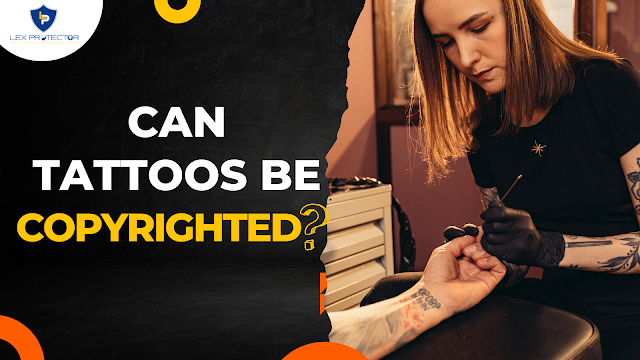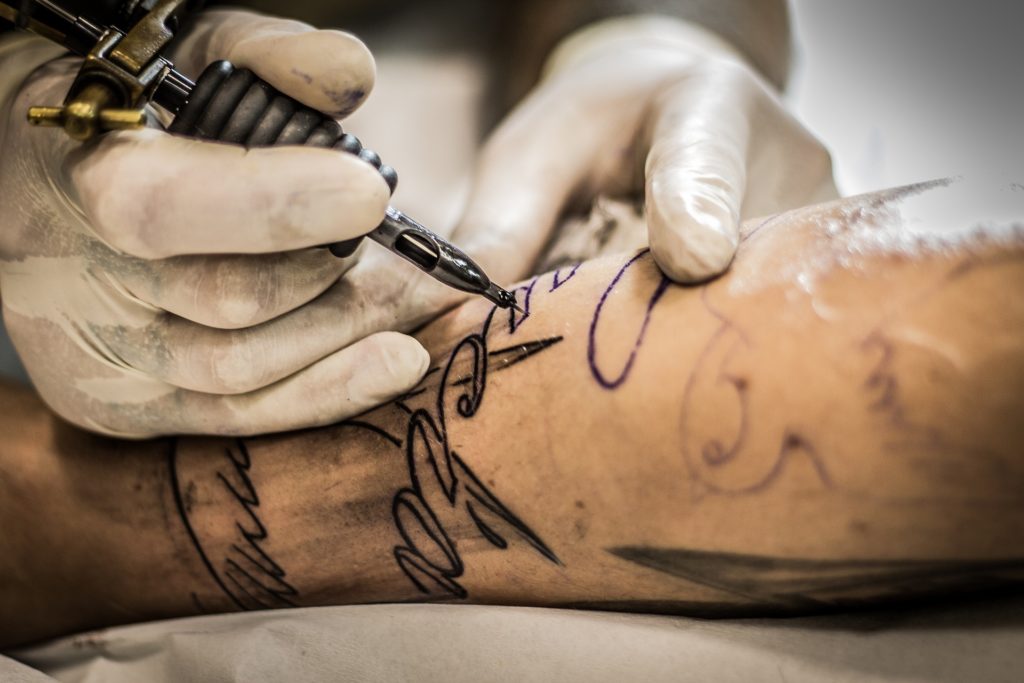Distinctive packaging to allure the consumer to purchase or even inspect goods in the market, has become sort of the newest trend. But some of these packaging revelations are not just trendy. They are unique in keeping traction of their audience. For starters, ever wondered how no other chocolate has packaging like that of the Toblerone chocolates? Its not for the lack of trying to copy the coolest new marketing strategy, but because the product’s shape or the product’s 3D packaging is protected by trademark law.
In India, Section 2(1)(m) of the Trademarks Act, 1999 defines a markas one which includes a brand, device, label, heading, name, signature, ticket, letter, numeral, word, packaging, the shape of goods, or combination of either colours or any other combination. The scope of this definition has been widened to include non-conventional trademarks like 3-Dimensional trademarks. A three-dimensional trademark is an unconventional trademark that makes use of a 3D (three-dimensional) shape of a product or its container or package to achieve a distinct position in the growing marketplace full of advertisements trying to embed themselves in the consumers’ minds. It is non-conventional in the sense that it does not comprise 2D (two-dimensional) elements of mere words, numerals, or figures.
On the other hand, the things that cannot be registered as a trademark in India has been provided under Section 9(3) of the Trademark Act. Considering the overlap of generic and descriptive values of a mark, there are three conditions under which a trademark would not be qualified for a 3D trademark registration:
- Where the shape of goods is resulting from the nature of the goods themselves.
- Where the shape of goods is such that it is necessary to obtain a technical result.
- Where the goods are given a substantial value due to their shape.
The fundamental purpose of this section is to prevent a situation creating a monopoly of the common shape of goods and ensure that such goods are free for public usage. The Contour of a Coca-Cola bottle, the 3D shape of the Super Cub Scooter of Honda, and the shape of the Zippo Lighter are some famous examples of acceptable 3D trademarks.
Section 2(1)(zg) gives the definition of a “well-known trademark”. According to this section, a well-known trademark is a mark (in relation to goods or services) that has become a considerable segment of the public which uses such goods or receives such services. The substantiality is judged by the fact that if another proprietor uses such mark in relation to their goods or services, then the public would be likely to take that mark as indicative of a connection in furtherance of trade or service, along with a person using the mark in relation to the first-mentioned goods or services.
For example, just assume Coco-Cola’s bottles are newly launched without any markings, in India. Coca-Cola packaging is in such a way that it is recognised by the shape of its glass bottle. If any other company makes a bottle of similar shape and consumers start identifying and relating it to Coca-Cola’s bottle, then in that situation Coca-Cola would feel the need to protect the bottle’s shape under trademark law and such a shape would come under the definition of a “well-known trademark,” as it qualifies the requirement of becoming a substantial segment of the public.
Under the trademark law, the trade dress encompasses the visual aspect of a product and it comprises several distinctive features with respect to the shape, size, packaging, colour combination, textures, graphics etc. Even though there is no separate provision which specifically deals with 'Trade Dress', in the Indian Trademark Act, 1999, it is offered protection under the common law of passing off which includes the aspect of packaging, shape of goods, colour combination etc. For the purposes of qualifying under the common law of passing off, the packaging and the design of the product should have some kind of inherent distinctiveness or the product could also have acquired a distinctive character from its presence in the market over a considerable amount of time.
The main objective behind providing protection to trade dress is to prevent the untrained eyes of the customers from getting deceived who might purchase the deceptively similar product with a similar packaging instead of the original product. Therefore, along with the fulfilment of requirements under Section 2(1)(zb), the Manual of Trademarks, Practice and Procedure of 2015 is there to aid the applicants which list down the requirements of graphical representation which have to be adhered to by the applicant in cases of unconventional trademarks. These are also applicable to other unconventional marks, including smell marks, sound marks, colour marks, etc as:
A trade mark must have the ability to be graphically represented for the purpose of registration.
A trade mark that has colours, shape, or packaging should be along with a concise and accurate description of the trade mark.
Such a description is required to be entered as an endorsement which would be taken along with the graphical representation and that will help to define the scope of the registration. It is also to be noted that the onus to provide a suitable representation of the trade mark is on the applicant.
Taking the Coca-Cola bottle’s shape example again, the graphical representation of shape should be in a form of perspective drawing, showing all features and should have an accurate description of the shape.
Above all, the elements in a product that can ensure a 3D packaging trademark protection are: Consumer recognition; Acquired distinctiveness; Goodwill; Extensive proof of usage; Higher burden of proof by applicant.
Blog Resource : https://lexprotector.com/blog/trademark-protection-for-product-packaging/

.png)


